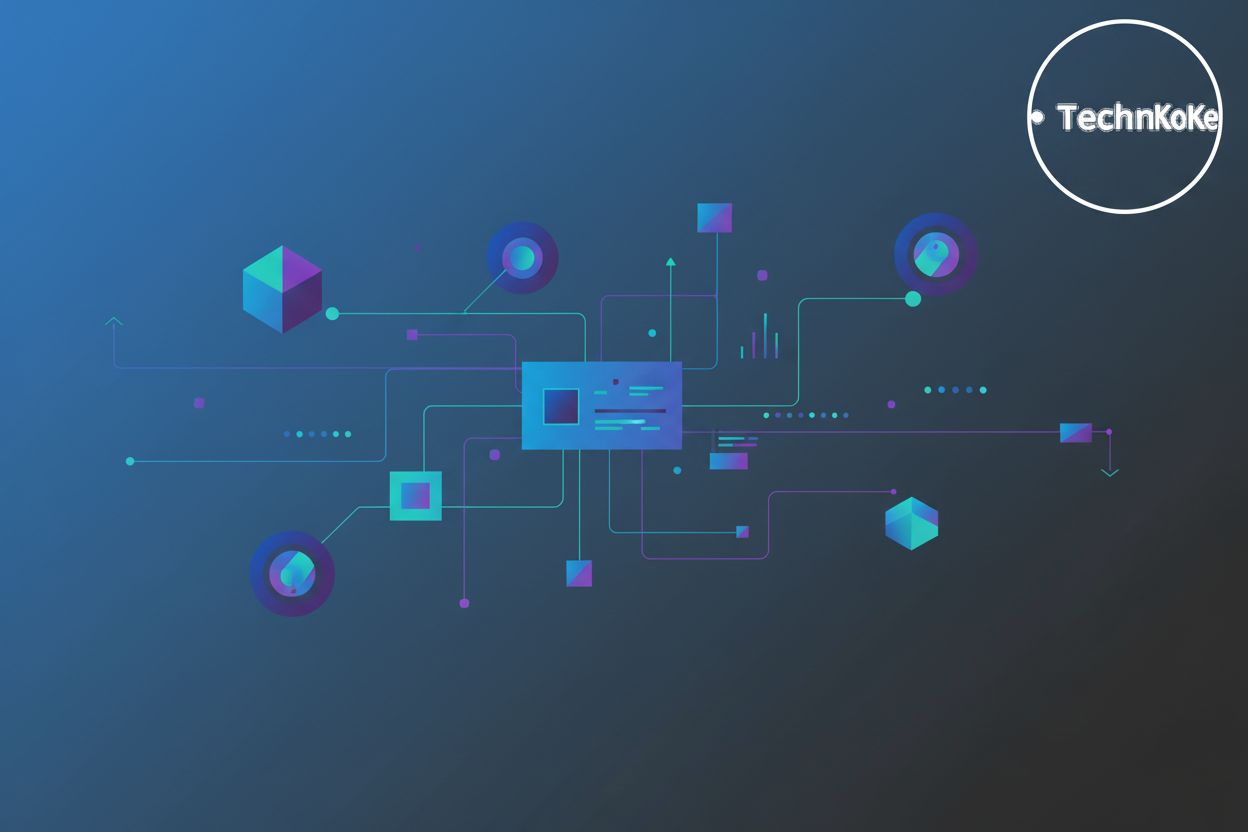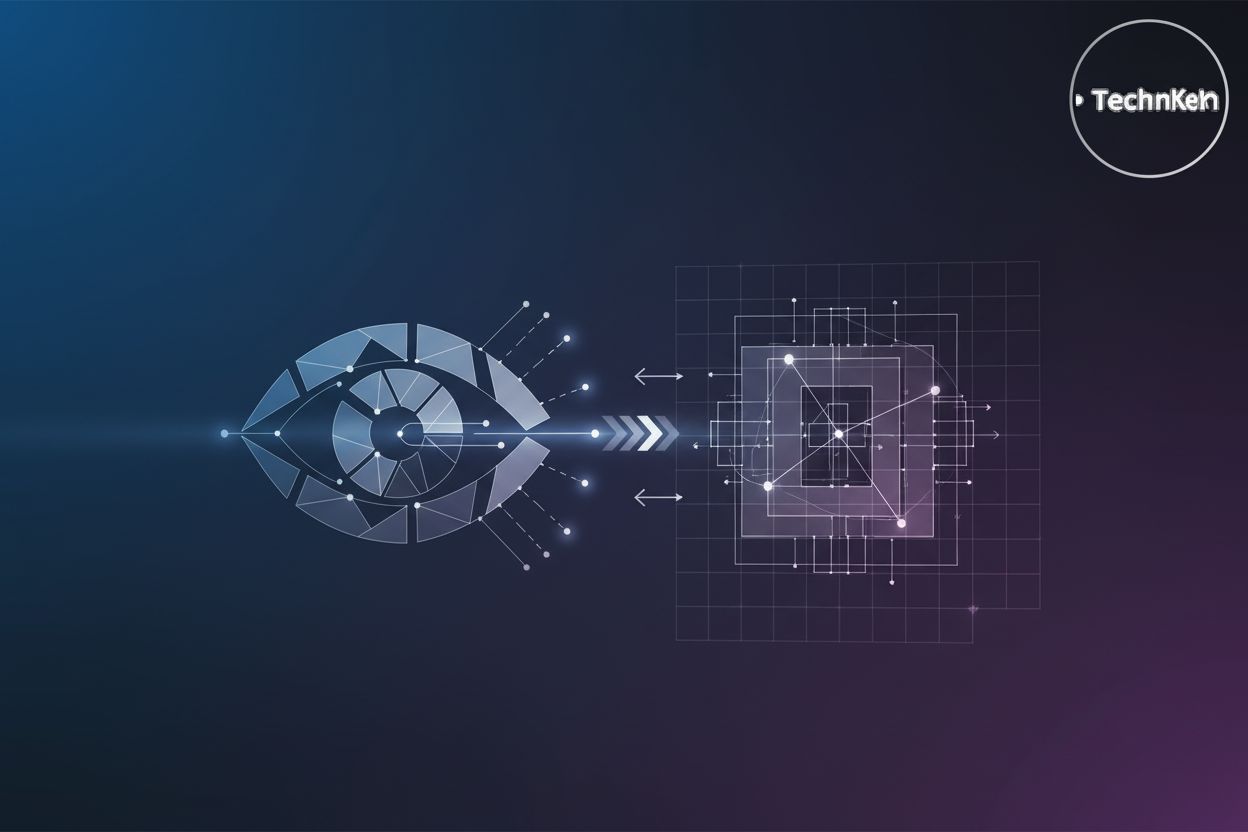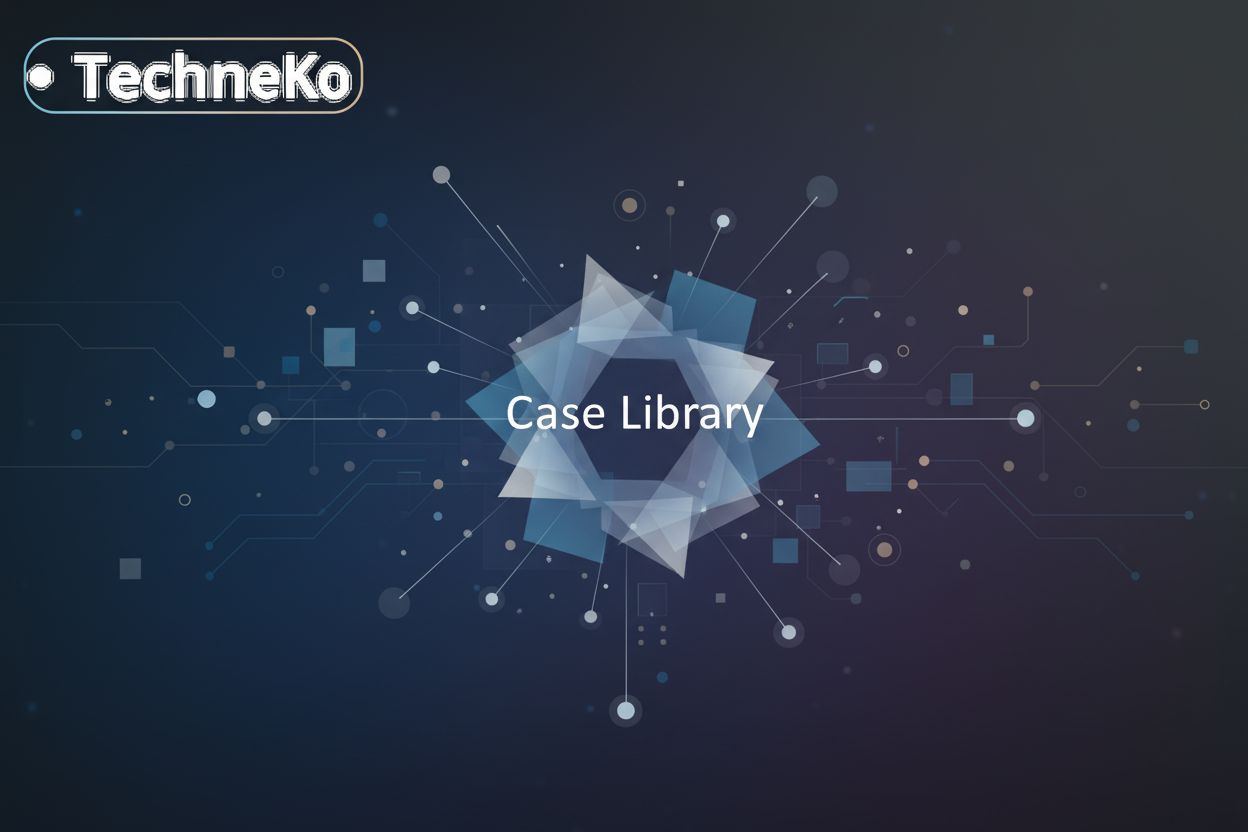Integrating AI Agents with IoT Devices: A Comprehensive Guide
TL;DR
Introduction to AI Agents and IoT Devices
Okay, so picture this: your fridge orders milk 'cause it knows you're out. That's the basic idea, right? We're talking about ai agents and iot devices joining forces.
Here's the deal:
- ai Agents are basically the brains. Think of them as smart software that makes decisions.
- iot devices? That's your smart fridge, your fitness tracker, security cameras – anything that connects to the internet and shares data.
- Putting them together means your devices aren't just collecting data, they're actually acting on it. Like, adjusting your thermostat based on the weather forecast, without you even lifting a finger, neat huh?
and yeah, there's a lot more to it, but thats the gist. Next up, we'll dive deeper into what exactly an AI Agent is, so keep reading.
What Exactly is an AI Agent?
So, you heard me mention "ai agents" a bunch, but what are they really? Think of an AI agent as a piece of software that's designed to be smart and act on its own. It's not just a program that runs when you tell it to; it's more like a little digital helper that can perceive its environment, make decisions, and take actions to achieve a specific goal.
Here's what makes them tick:
- Perception: They can sense what's going on around them. For an AI agent controlling your smart home, this might mean reading data from temperature sensors or motion detectors.
- Decision-Making: Based on what they perceive and their programmed goals, they figure out what to do next. This is where the "intelligence" comes in.
- Action: They can then actually do things. This could be sending a command to a smart lock, adjusting a thermostat, or even sending you a notification.
- Autonomy: A key thing is that they can operate without constant human supervision. They're built to be proactive.
- Learning (sometimes): Some AI agents can even learn from their experiences and get better over time.
Basically, they're the smarts behind the connected devices, making them do more than just collect data.
The Synergy of AI Agents and IoT
Ever wonder what happens when you mix AI brains with everyday gadgets? It's kinda cool, actually.
- Think smarter automation: AI agents let your iot stuff do more, automatically.
- Better decisions: They crunch device data to make calls you'd normally sweat over.
- Real-time everything: Spot issues before they blow up, from factory floors to hospital rooms.
It's about making things not just connected, but, like, aware. Next, let's look at where all this magic actually happens.
Technical Architecture for Integration
Alright, so where does all this AI and iot magic actually happen? It's all about the architecture, you know?
- First, you've got your iot devices. These are the things that collect data – sensors, cameras, all that jazz.
- Then there's the connectivity. We're talking protocols like MQTT and CoAP that let these devices talk to each other and the ai agents. MQTT (Message Queuing Telemetry Transport) and CoAP (Constrained Application Protocol) are super important for lightweight communication between devices, especially when bandwidth is limited, which is common with iot.
- Next up: Edge versus Cloud. Do you process the data right on the device (edge) or send it off to a big data center (cloud)? It depends on how fast you need answers. Processing at the edge means data is analyzed locally, leading to much lower latency – think milliseconds. This is crucial for things like immediate safety alerts or controlling machinery in real-time. Cloud processing, on the other hand, offers massive computational power and storage, ideal for complex, long-term trend analysis or training large ai models. The choice often comes down to a trade-off between speed, cost, data volume, and the complexity of the task.
- And finally, the ai agent platform. This is where the brains live, making sense of the data and telling the iot devices what to do. It's kinda like mission control for your smart devices.
So yeah, thats how it all fits together. Now let's dig into how data actually flows through this system.
Implementing AI Agents with IoT Devices: A Step-by-Step Guide
Alright, so you've got your ai model ready? Time to unleash it! But hold on, it's not as simple as flipping a switch, you know?
- First up, you gotta decide where the AI lives. Is it chillin' on the edge, right there with the iot device, or hangin' out in the cloud? Edge is faster, great for stuff like real-time fraud detection in finance. Cloud's got more power, good for analyzing trends in retail sales data.
- Next, integration is key. Think of it like teaching your ai agent to speak iot. You'll be wrestling with protocols like MQTT or CoAP to make sure they're actually talking to each other. These protocols are designed to be efficient for devices that might have limited power or network connectivity.
- And don't forget configuration. You'll need to tweak settings so the ai agent knows exactly what data to look for and how to react. It's like giving it a very specific job description.
It's not plug-and-play, but get it right, and your iot devices will be smarter than ever. Now, let's see how to keep an eye on things...
Challenges and Solutions
It's not all sunshine and rainbows, right? Integrating ai agents with iot devices comes with its own set of headaches.
- First up, data integration can be a real beast. Getting different devices and systems to play nice? Not always easy, and it takes a lot of work. It's like trying to get everyone to speak the same language, which, as you know, can be a challenge.
- Then there's scalability. Sure, it works great with a few devices, but what happens when you're dealing with thousands? You'll need to make sure your system can handle the load.
- And let's not forget interoperability. Devices from different manufacturers might not play well together without a lot of custom work.
So, how do we fix these messes?
- Standardized protocols and apis are your friends. They help ensure everyone's speaking the same language.
- Cloud-based solutions can take a load off your shoulders by providing the resources you need, but, you know, security!
Up next, we'll look at some best practices to keep things locked down.
Security Considerations
Okay, so you're connecting all these cool devices, right? But like, what about hackers? Security can feel like a huge headache, but trust me, it's worth getting right.
- IoT devices are often the weakest link. This is because they often have limited processing power, may not receive regular security updates, and sometimes ship with default, easily guessable passwords. This makes them prime targets for botnets or as entry points into a larger network.
- Data privacy is a must! Think about health data from wearables, or location data from smart devices. Making sure stuff stays private is super important.
- Authentication is your gatekeeper. Strong passwords and multi-factor authentication? Non-negotiable.
Future Trends
The future, huh? It's closer than you think, and it's bringing some seriously cool stuff to the iot/ai party.
- Keep an eye on Edge ai; it's about doing more processing right on the device. Think faster response times and less reliance on the cloud. For instance, imagine smart cameras that instantly recognize threats without sending data offsite.
- Federated learning is also gonna be big. It's like training ai models without actually sharing all the raw data. This is a game-changer for privacy-sensitive industries like healthcare.
- and don't forget about explainable ai (xai). No one wants a black box making decisions, you know? XAI is all about making ai more transparent and understandable, which is crucial for trust. Imagine knowing why your smart home chose to crank up the ac.
- Finally, autonomous agents will be all the rage - they're like ai on steroids, able to make decisions and act independently. Think self-managing supply chains that optimize routes and inventory without human intervention.
So yeah, the future's looking pretty smart, huh? Next up, we'll wrap things up with some, you know final thoughts.
Conclusion
So, you made it to the end, huh? Hopefully, your brain isn't too fried from all the ai and iot talk, but it's really just the beginning.
We've seen how ai agents supercharge iot, making everything smarter and more responsive. Think quicker diagnoses in healthcare or faster fraud detection in finance. Remember that security is still a big deal, though, so don't skimp on the best practices. Like, seriously. The potential here is kinda huge, and it's only gonna get bigger.
If you're itching to dive deeper, check out resources like the Edge AI Foundation or explore open-source projects on GitHub related to AI and IoT integration. You could also try experimenting with platforms like Raspberry Pi or Arduino to build your own simple connected devices. The possibilities are pretty wild, so go explore and build something cool.




